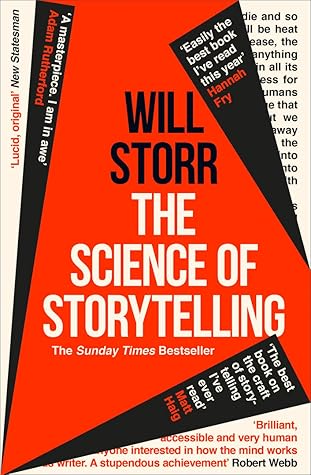More on this book
Community
Kindle Notes & Highlights
Brains have to perceive the physical environment and the people that surround it in order to control them.
As part of their mission to control the world, brains need to properly understand it.
Humans have an extraordinary thirst for knowledge. Storytellers excite these instincts by creating worlds but stopping short of telling readers everything about them.
‘positive relationship between curiosity and knowledge’. The more context we learn about a mystery, the more anxious we become to solve it.
Curiosity is shaped like a lowercase n. It’s at its weakest when people have no idea about the answer to a question and also when entirely convinced they do. The place of maximum curiosity – the zone in which storytellers play – is when people think they have some idea but aren’t quite sure.
In his paper ‘The Psychology of Curiosity’, Loewenstein breaks down four ways of involuntarily inducing curiosity in humans: (1) the ‘posing of a question or presentation of a puzzle’; (2) ‘exposure to a sequence of events with an anticipated but unknown resolution’; (3) ‘the violation of expectations that triggers a search for an explanation’; (4) knowledge of ‘possession of information by someone else’.


